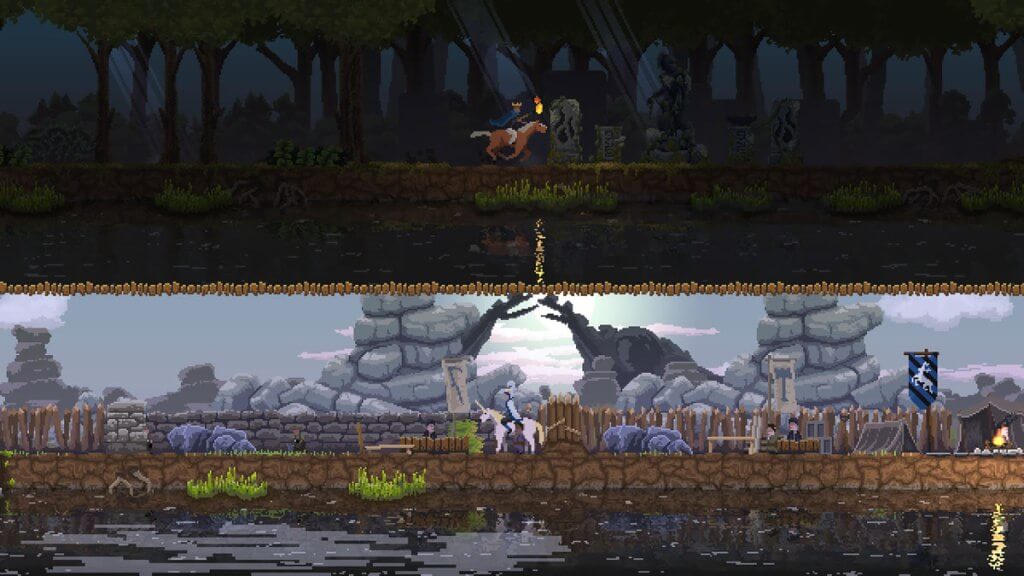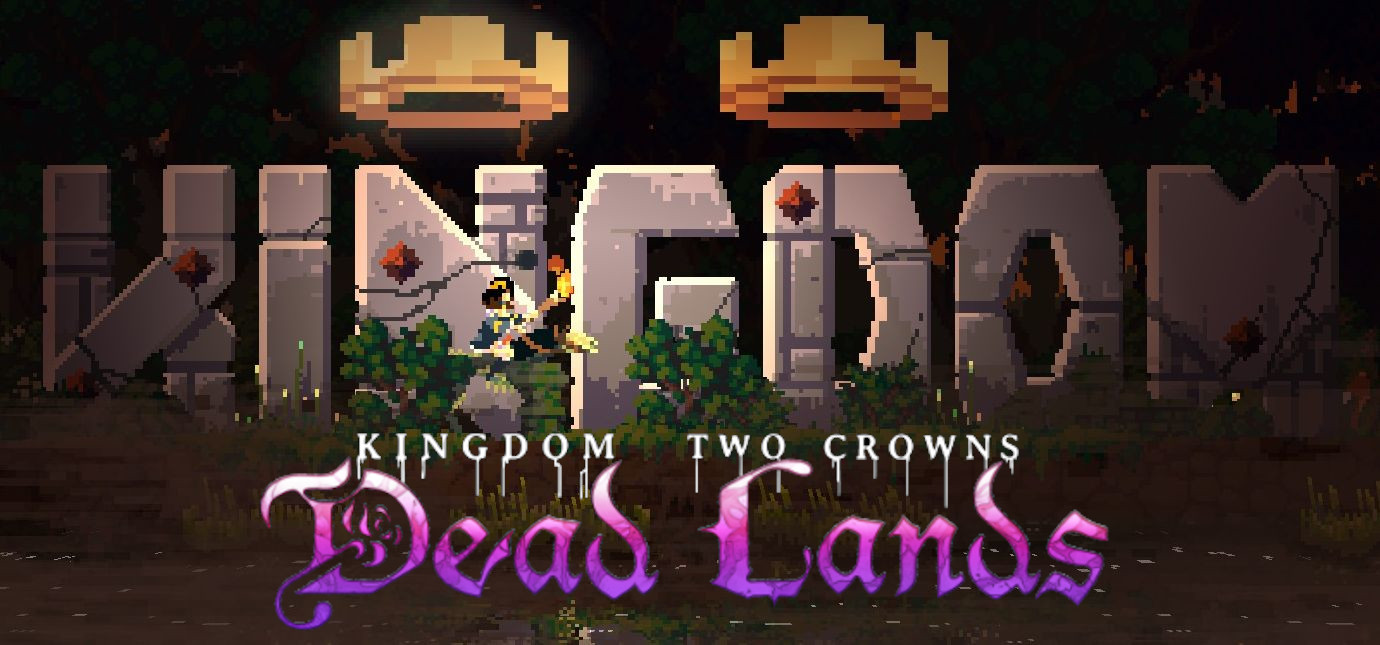

It seems to bear the same name only coincidentally. īesides, "Saracen chimneys" ( Cheminées sarrasines) are a typical local architecture feature of Bresse, a region in Eastern France. It is said to have been built after a visit of the abbot in the city, in 1147, possibly by Knights Templar as would prove a sculpture on the tower representing a horse and two Crosses pattée. The origin of the lantern is linked with the abbot Bernard of Clairvaux, who played a major role in the Second Crusade. Another example is the "lantern of the Moors" in Sarlat-la-Canéda, in Southern France too. The "lantern of the Dead" of Carlux, Southern France, is called a "Saracen chimney" too. Actually, its other name is indeed the " Saracen chimney". For instance, the "lantern of the Moors" in Vergèze, southern France, looks like the chimneys of the Bakhchisaray Palace, the Palace of the Crimean Tatars in Crimea, and doesn't indicate any cemetery.

The proximity of Al-Andalus, Crusaders coming back to France, or trade in the Mediterranean may explain such monuments. Moreover, some of those lanterns do not indicate any cemetery and their architecture has strong oriental influences. The unstandardized spellings of the French language of the past can easily explain this folk etymology: in French, "the Moors" ( les Maures) and "the dead" ( les morts) are near-homophones. Some of those lanterns are said to be "lanterns of the Moors" instead of "lanterns of the Dead". The origin and use of such lanterns are controversial. There is one surviving example in England, in the churchyard at Bisley, Gloucestershire, which is referred to as the Poor Souls' Light. They have also been altered with the addition of statuary depicting saints of the Roman Catholic Church. Most of them now serve as either shrines or chapels, with the top opening, where light sources such as lamps, oil lamps, or torches, were placed having been walled up in the succeeding centuries. Many of them have been either rebuilt or rearranged in the centuries since their original construction. Ī significant number of structures which were built as lanterns of the dead still exist in Cracow. A custom of Roman Catholicism which has fallen out of fashion, the new lantern is the first such construction to be built in Europe in centuries. A tradition which is most strongly associated with the Middle Ages, a new lantern of the dead constructed in the Romanesque style was completed in 2021 near Lublin in Dębowka. Some of the more well-known examples can be found in Kielce, Wrocław, and Kraków.

Lanterns of the dead can be found all over Poland. Other examples exist at Ciron ( Indre) and Antigny ( Vienne).
#Kingdom of the dead two lanterns series
One of the most perfect in France is that at Cellefrouin ( Charente), which consists of a series of eight attached semicircular shafts, raised on a pedestal, and is crowned with a conical roof decorated with fir cones it has only one aperture, towards the main road. These towers were usually circular, with a small entrance in the lower part giving access to the interior, so as to raise the lamps by a pulley to the required height. Later, they were also erected at the intersections of important routes and roads. These lanterns were originally constructed to warn passers-by of the danger of infection, as well as to illuminate cemeteries in order to cast out the darkness where it was feared that repenting souls, ghosts, and criminals, could hide.

( Related: Read about Mexico's Bread of the Dead.Pierced with small openings at the top, a light was exhibited at night to indicate the position of a cemetery, hospital, or leper colony. Specific tributes to deceased ancestors are also observed during this month. This culminates on the 15th night, or Yu Lan, where streets are literally aflame with the offerings. The spirits need to be entertained, too, with entertainment in the form of musical celebrations called getai.Īligned celebrations across South East Asia feature similar motifs: the avoidance of wearing the colour red to ward off spiritual possession, the provision of empty seats at dinner tables and festivals for the ghosts to occupy, and the hurling of rice and other offerings into the air. They can cause mischief unless appeased with offerings of food, and intricate, highly convincing paper creations in the form of cars, books, phones and ‘hell money’ – paper joss paper in the form of bank notes – are burned. During this month restless spirits are said to emerge from the lower realm and roam the streets. Also called by the less spine-tingling name of Zhongyuan, this atmospheric Chinese event takes place over the seventh lunar month.


 0 kommentar(er)
0 kommentar(er)
